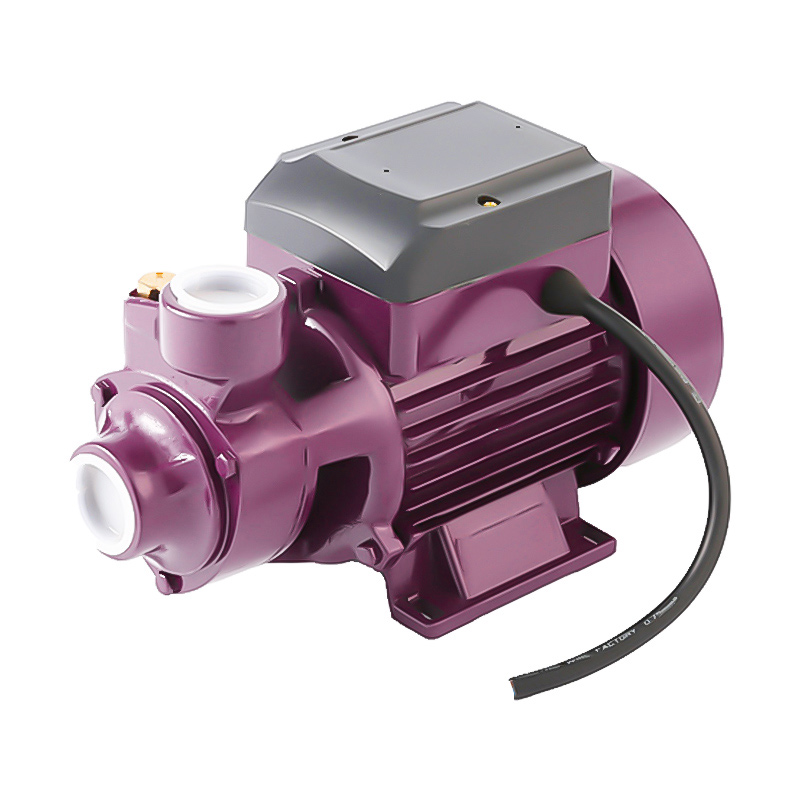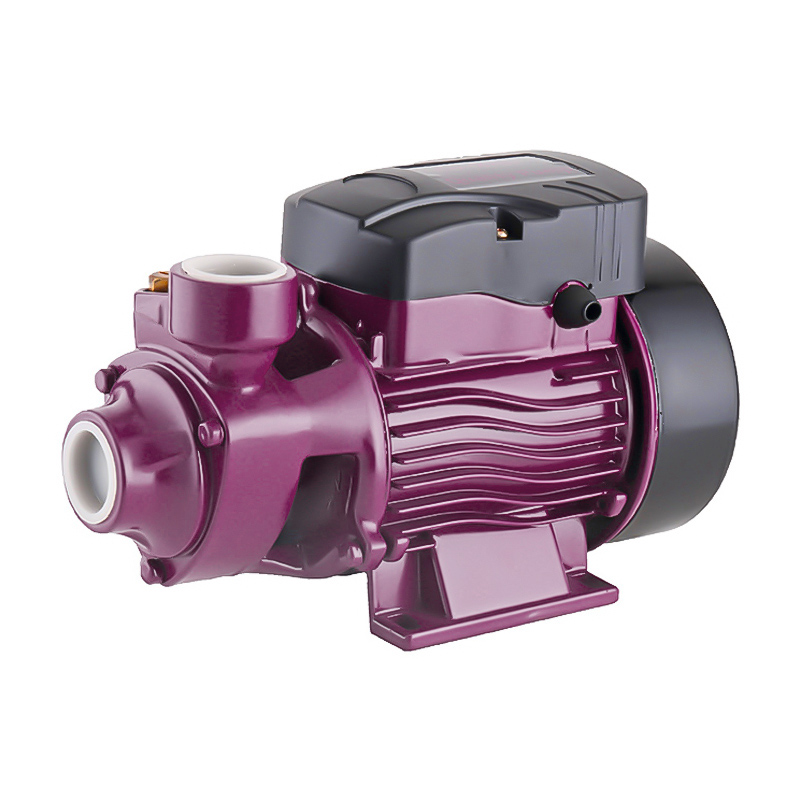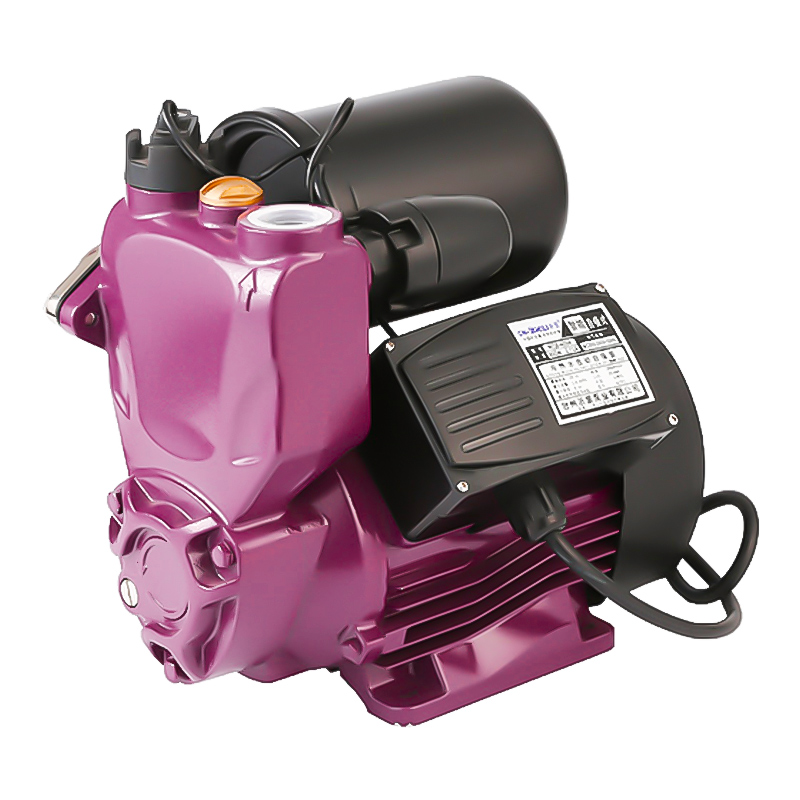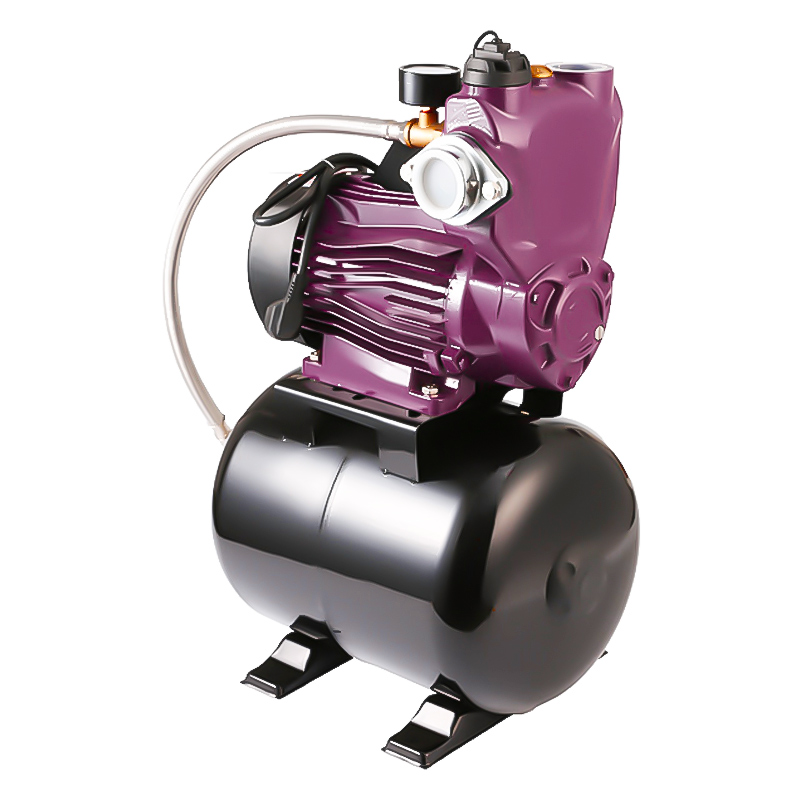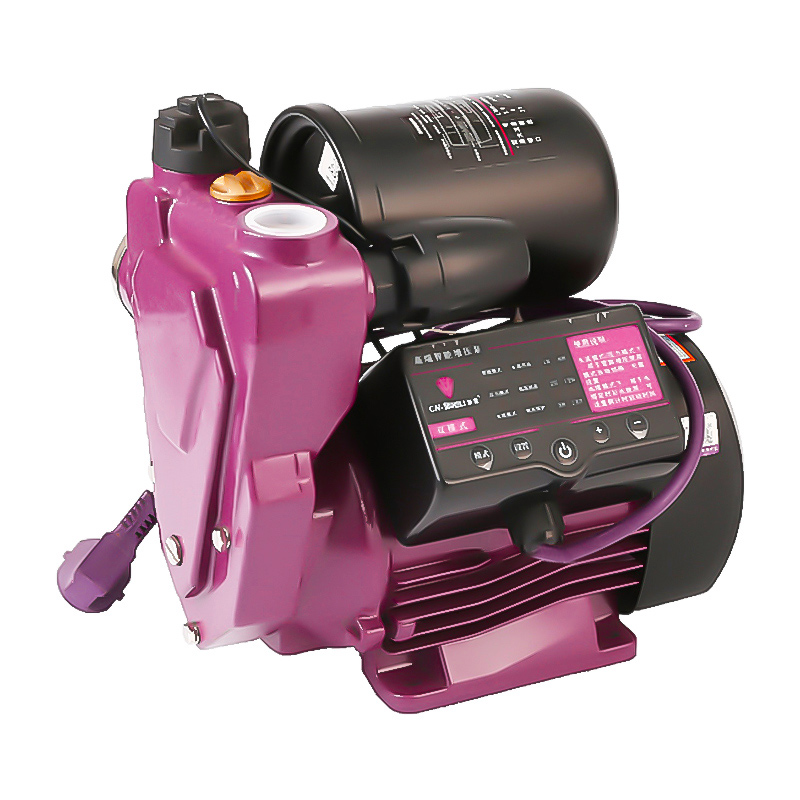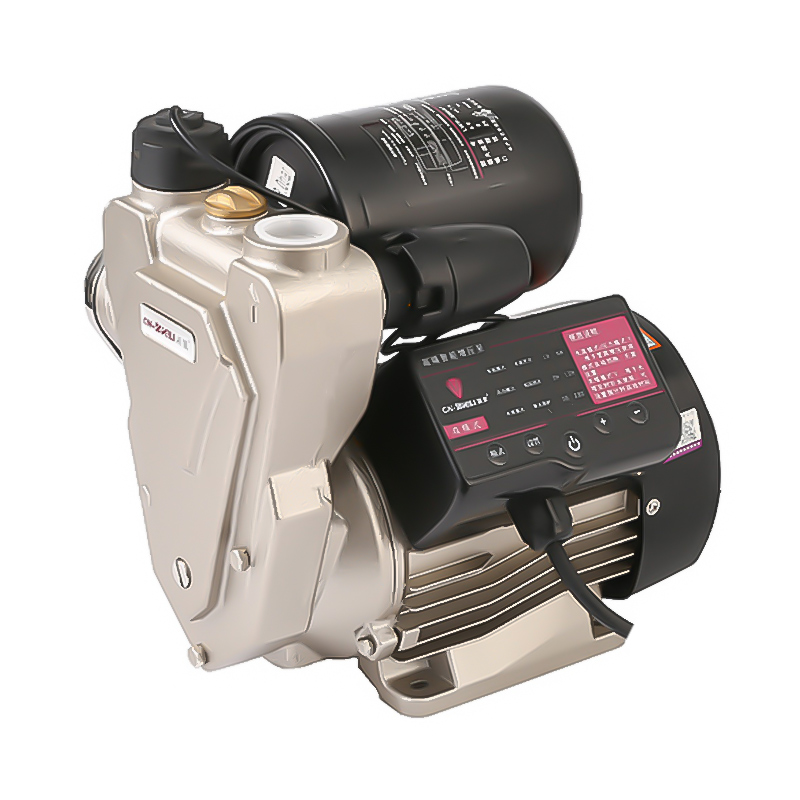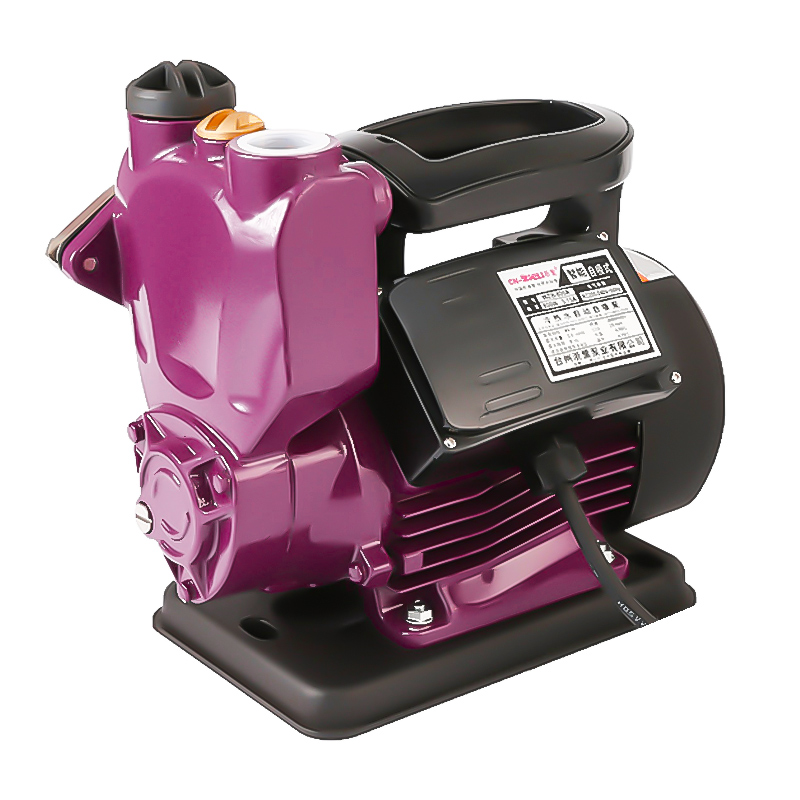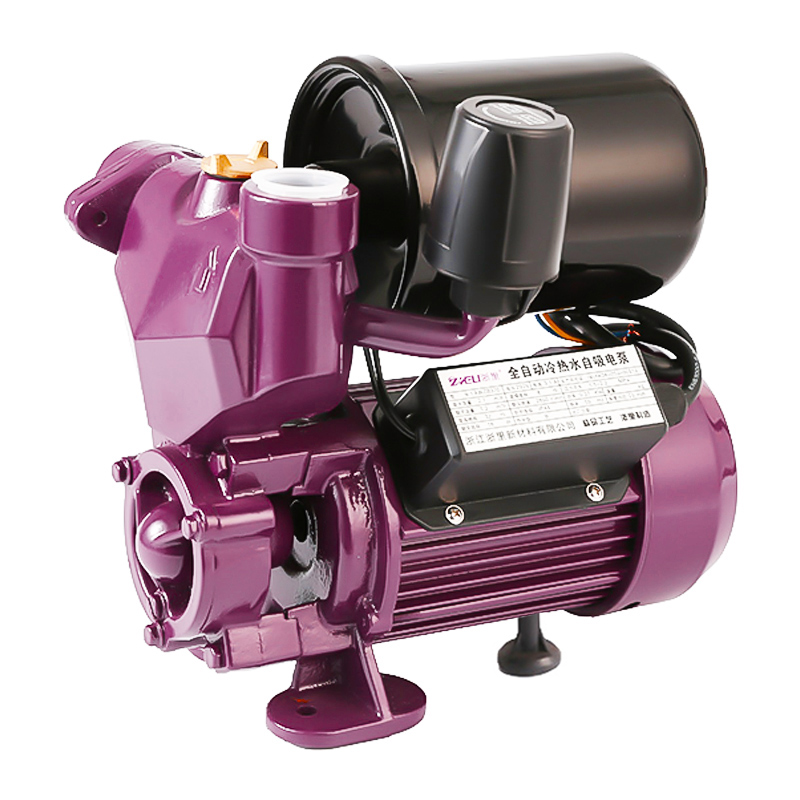Safe use of Submersible Sewage Pump :
1. When purchasing a submersible sewage pump, pay attention to its model, flow rate, and head. If the selected specifications are not appropriate, it will not be able to obtain sufficient water output, nor can the efficiency of the unit be brought into play. In addition, the rotation direction of the motor should also be found. Some types of submersible sewage pumps can discharge water when they are rotating forward and reversely, but the water output is small and the current is large when they are reversed, and the reverse rotation will damage the motor windings. In order to prevent electric shock accidents caused by electric leakage when the submersible sewage pump is working underwater, a leakage protection switch should be installed.
2. When installing the submersible sewage pump, the cable should be overhead, and the power cable should not be too long. When the unit is launched, do not stress the cable, so as not to cause the power cord to break. Do not sink the submersible sewage pump into the mud, otherwise, it will cause poor heat dissipation and burn out the motor windings.
3. Try to avoid starting at low voltage. The difference between the power supply voltage and the rated voltage should not be 10%. If the voltage is too high, the motor will overheat and the windings will be burned. If the voltage is too low, the motor speed will drop. If it does not reach 70% of the rated speed, the centrifugal switch will be closed. Cause the starting winding to be energized for a long time and even burn out the winding and capacitor. Do not switch the power on and off frequently
If the electric pump is turned on immediately, the motor load will start, resulting in excessive starting current and burning out the windings.
4. Do not allow the pump to run overloaded for a long time, do not pump water with a large amount of sand, and the dehydration operation of the electric pump should not be too long to avoid overheating and burning of the motor. During the operation of the unit, the operator must observe whether the working voltage and current are within the values specified on the nameplate at any time.
5. Check the motor more often. If it is found that the lower cover has cracks, the rubber sealing ring is damaged or failed, etc., it should be replaced or repaired in time to prevent water from infiltrating the machine.

 Language
Language  English
English عربى
عربى 中文简体
中文简体